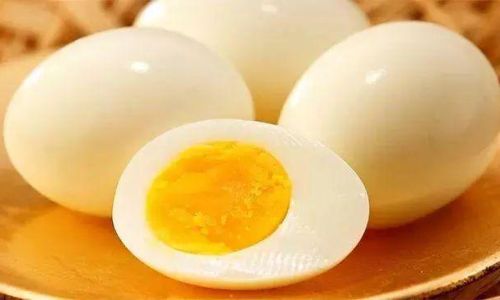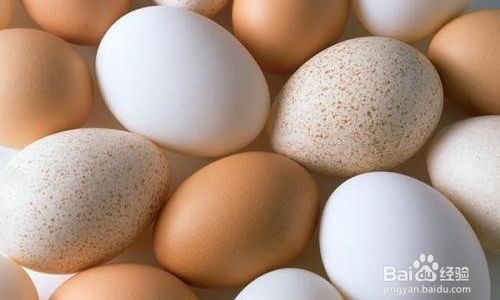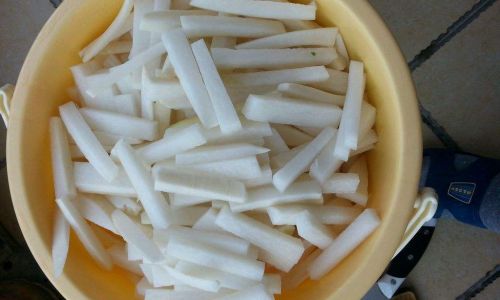Eggs are a staple in many diets, offering a versatile source of high-quality protein, essential nutrients, and a variety of cooking possibilities. However, one must be cautious when handling eggs, especially to ensure they haven’t spoiled, as consuming expired eggs can lead to food poisoning. Understanding how to determine if an egg is spoiled is crucial for maintaining food safety and preventing illness. This article will delve into various methods to assess egg freshness, from visual inspections to sensory evaluations, and will also discuss the science behind egg spoilage.
Understanding Egg Freshness
Before diving into the specific methods to check for spoilage, it’s essential to understand the basics of egg freshness. Fresh eggs have a thick, protective coating called the ‘bloom,’ which seals the pores on the shell’s surface, preventing bacteria and air from entering. As eggs age, this bloom wears off, making them more susceptible to contamination and dehydration. Additionally, the internal structures of an egg undergo changes over time, with the yolk becoming flatter and the whites thinning out.
Visual Inspection
One of the simplest ways to assess if an egg is spoiled is through visual inspection. Here are a few key indicators to look for:

-
Cracks and Leaks: Examine the shell for any cracks, pores, or leaks. Cracks provide an entry point for bacteria, which can quickly spoil the egg. If you notice any cracks, it’s best to discard the egg.
-
Discoloration: Fresh eggshells are typically a uniform, dull color, often varying from brown to white depending on the breed of hen. If the shell appears darker or has spots, it might indicate that the egg is older or has been stored improperly. However, discoloration alone isn’t a definitive sign of spoilage; it’s more of an indicator of age.
-
Inside the Shell: Cracking open the egg can provide further insights. A fresh egg yolk will be round and high, with a clear distinction between the yolk and the white. As eggs age, the yolk flattens and spreads out, and the whites become thinner and more watery. If the yolk appears discolored (e.g., greenish or grayish), or if there are blood spots, it’s a sign that the egg should not be consumed.

The Float Test
One of the most reliable methods for determining egg freshness is the float test. This test leverages the principle that as eggs age, the air sac inside them enlarges due to the egg losing moisture through its pores. Here’s how to perform the float test:
- Fill a bowl or glass with cold water.
- Carefully place the egg in the water.
- Observe its position. A fresh egg will sink to the bottom and lay on its side. If the egg floats or stands on one end at the bottom, it’s an indication that it’s older and potentially spoiled.
While the float test is a useful tool, it’s worth noting that some very fresh eggs might still float slightly due to variations in air sac size among individual eggs. Therefore, it’s best to use this test in conjunction with other methods for a more accurate assessment.
Sensory Evaluation
Using your senses of smell and touch can also provide clues about egg freshness:

-
Smell: Crack open the egg and take a close sniff. Fresh eggs have a very mild, almost unnoticeable odor. If the egg smells sulfuric, rotten, or has a strong, unpleasant aroma, it’s a clear sign that it’s spoiled and should be discarded immediately.
-
Touch: While it’s not advisable to taste raw eggs due to the risk of salmonella, you can assess their texture by touching the cooked version. When scrambled or fried, a fresh egg will have a firm, bouncy texture. Older eggs tend to be rubbery or watery in texture.
Storage Conditions and Expiration Dates
Proper storage is crucial in maintaining egg freshness. Eggs should be kept in their original carton, placed in the refrigerator’s coldest part (usually the back), and not washed until ready to use, as washing removes the protective bloom. Additionally, eggs should be consumed within three to five weeks of purchase, as indicated by the ‘best before’ or ‘sell-by’ date on the carton. However, these dates are not always definitive indicators of spoilage; they are more about quality assurance.

The Science Behind Egg Spoilage
Egg spoilage is primarily caused by bacteria, particularly Salmonella enteritidis, which can be present on the shell’s surface or inside the egg. As eggs age, their defenses against these bacteria weaken, increasing the risk of contamination. Moreover, changes in the egg’s internal chemistry, such as the breakdown of proteins and the formation of hydrogen sulfide (which gives off a sulfuric smell), further indicate spoilage.
Conclusion
Determining if an egg is spoiled involves a combination of visual inspections, the float test, sensory evaluations, and understanding storage conditions. By being vigilant and using these methods, you can ensure that the eggs you consume are fresh, safe, and nutritious. Remember, prevention is key: always store eggs properly, consume them within their recommended timeframe, and discard any eggs that show signs of spoilage. By doing so, you can enjoy the many benefits of eggs without worrying about food safety risks.






0 comments